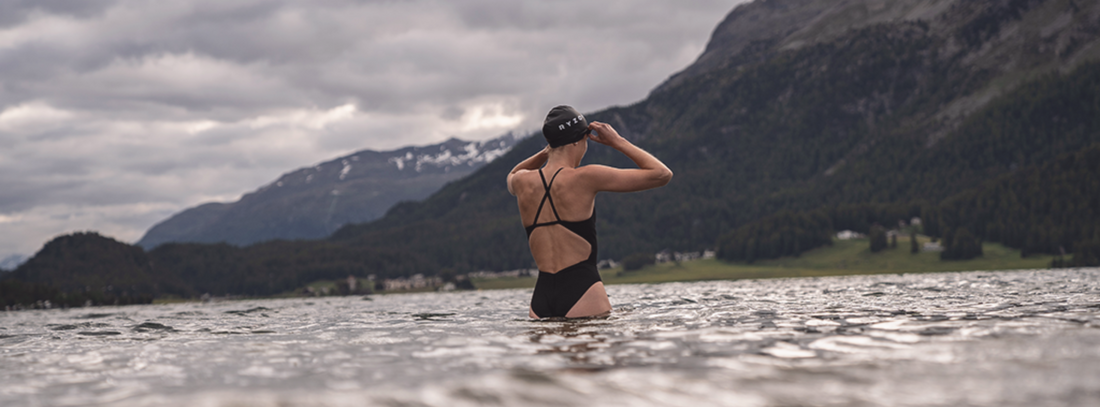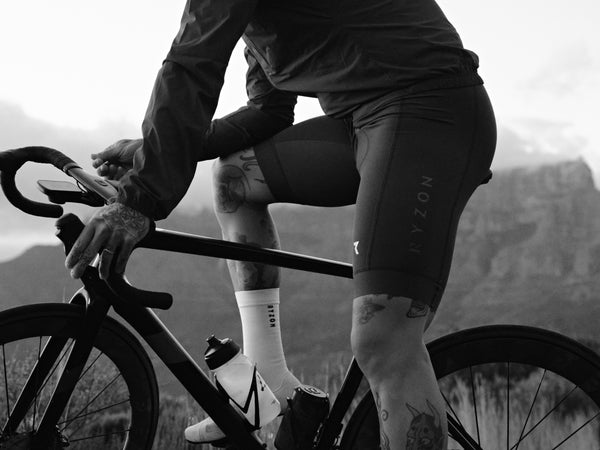Swimming in open water is not only part of the training for professional triathletes in spring and summer, but also amateur triathletes are increasingly moving their training sessions to the nearby lakes. Especially in spring, the water temperatures can still be very low. A few things should therefore be observed when swimming in cold lake water.
Even if the temperatures slowly rise in March and April, the lakes need a few weeks to adjust to the air temperatures. That's why you should go slowly into the cold water before swimming training, so that the body can get used to the temperatures. Give your cardiovascular system enough time to adjust. Get your face used to the water temperature too. Since your face will be underwater when you do the crawl, dousing your skin with cold water before you start swimming will help.
gear
The most important part of your equipment is a long wetsuit. If necessary, an additional swimming thermal shirt can be worn under the wetsuit to keep you warm during sports in the water. In addition to the wetsuit, a neoprene bathing cap is an important companion for swimming in cold water. Not only is a lot of energy lost through the head, it also cools down quickly. That's why wearing a neoprene swim cap for cold-water swim training is essential protection. If your ears are also very sensitive to cold, wearing earplugs is a good idea. If you also need protection from the cold for your fingers and feet, you can wear neoprene gloves and neoprene socks when swimming. The important thing about neoprene equipment is that it fits so tightly that only a thin layer of water fits between the insulation layer and the skin. If you still get cold swimming in cold water in your wetsuit, you can try a wetsuit with a heavier thickness. Every person has an individual perception of cold and heat.
Basically, swimming in neoprene is warming and very helpful. The buoyancy of the material supports your swimming performance. But you should not get used to this support, as neoprene is forbidden in the water in many triathlon competitions. So if the temperatures allow it, you should do without the wetsuit so as not to lose the feeling of swimming without neoprene. With regard to the temperature and use of the neoprene when swimming in cold water, you can remember a rule of thumb: The water temperature indicates the time that you can swim without neoprene. For example, if the water temperature shows 15 degrees, you can swim in the cold water for 15 minutes without a wetsuit. With neoprene you can double this time. In the example, this results in a swimming time of 30 minutes.

